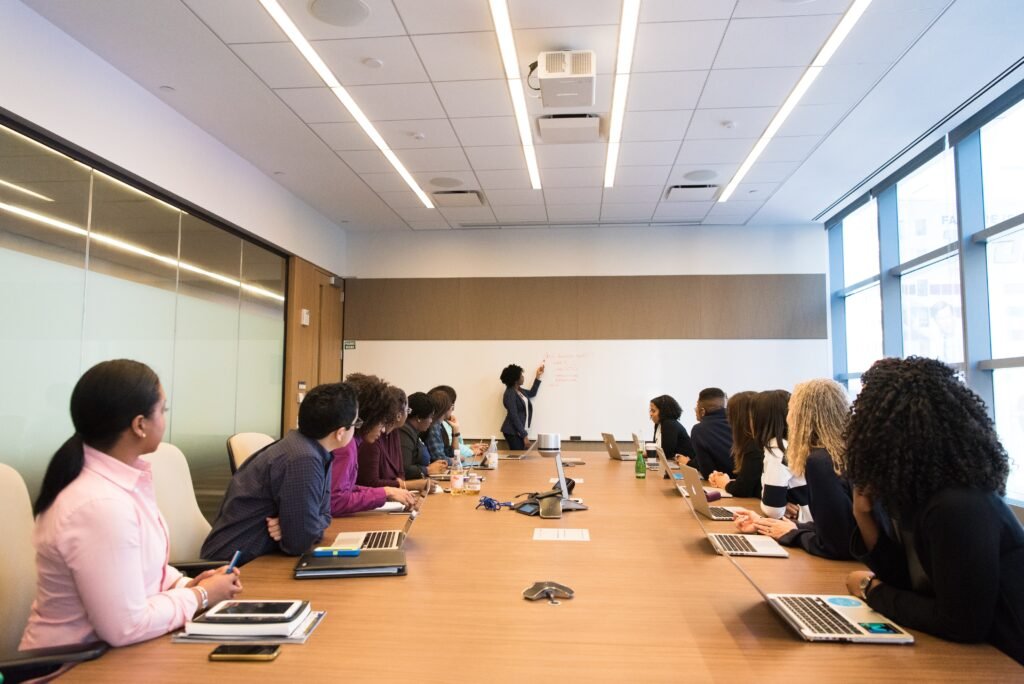
Common Meeting Killers: How to Manage and Minimize Distractions
In today’s fast-paced work environment, meetings are essential for collaboration, decision-making, and progress. However, they can quickly become derailed by various distractions that hinder productivity and waste valuable time. From buzzing smartphones to sidebar conversations, these common meeting killers demand effective management strategies to ensure meaningful and focused discussions. In this article, we’ll explore some of the most prevalent distractions in meetings and provide actionable tips on how to minimize their impact, fostering more productive and engaging gatherings.
Set Clear Objectives and Agendas
One of the key contributors to meeting distractions is the lack of clear objectives and agendas. Without a structured plan, participants often drift off-topic, engage in unrelated discussions, or lose sight of the meeting’s purpose. Start by outlining specific goals for each meeting and communicate them in advance. Prepare a well-defined agenda that lists the topics to be covered and the allocated time for each. By doing so, participants will clearly understand the meeting’s objectives, helping keep everyone on track.
Create a Distraction-Free Environment
Meetings held in a chaotic or noisy environment are more susceptible to distractions. Choose a suitable meeting room that minimizes external disturbances and ensures privacy. Encourage participants to silence their smartphones or even leave them outside the meeting room if possible. Set ground rules that emphasize the importance of actively listening and avoiding disruptive behaviors, such as side conversations or excessive multitasking. You can foster a more focused and engaged meeting atmosphere by cultivating a distraction-free environment.
Must-Reads
- Meetings, How Much is Too Much?
- The Hidden Influence of Your Environment on Startup Success
- Advanced High-Output Management Techniques for Managers and Founders
Engage Participants through Interactive Methods
Passive meetings are breeding grounds for distractions. To combat this, incorporate interactive methods to engage participants actively. Use visual aids, such as presentations or whiteboards, to capture attention and facilitate discussions. Encourage brainstorming sessions, group activities, or breakout sessions to maintain high involvement. When attendees feel that their input is valued and their participation is essential, they are less likely to succumb to distractions.
Implement Technology Etiquette
While technology plays a vital role in modern meetings, it can also become a significant source of distraction. Establish technology etiquette guidelines to regulate its use during gatherings. For example, encourage participants to refrain from checking emails or browsing the internet unless it’s directly related to the meeting. Designate specific break times when individuals can attend to urgent matters on their devices, minimizing distractions during the main discussion.
Manage Time Effectively
Meetings that lack time management are prone to distractions and prolonged discussions. Begin and end meetings promptly, adhering to the designated time frame. Allocate specific durations for each agenda item to ensure a focused and efficient discussion. Consider using a visual timer or meeting management tools to keep track of time and remind participants of the remaining duration. By managing time effectively, you create a sense of urgency and discourage distractions that could hinder progress.
Lead by Example
As a meeting organizer or facilitator, your behavior sets the tone for the entire group. Lead by example and actively demonstrate the behaviors you expect from others. Stay attentive, actively listen, and avoid distractions yourself. Encourage open communication and provide guidance when discussions veer off-topic. You can inspire others to follow suit by modeling the desired meeting conduct, fostering a more focused and distraction-free environment.
Conclusion
Distractions can significantly impede the effectiveness of meetings, leading to wasted time and reduced productivity. By implementing the strategies outlined in this article, such as setting clear objectives, creating a distraction-free environment, engaging participants, enforcing technology etiquette, managing time effectively, and leading by example, you can minimize distractions and maximize the value of your meetings. Remember, productive meetings are the result of active management and an engaged team. With these tips in hand, you’re well-equipped to tackle common meeting killers and create meetings that drive results.






Responses